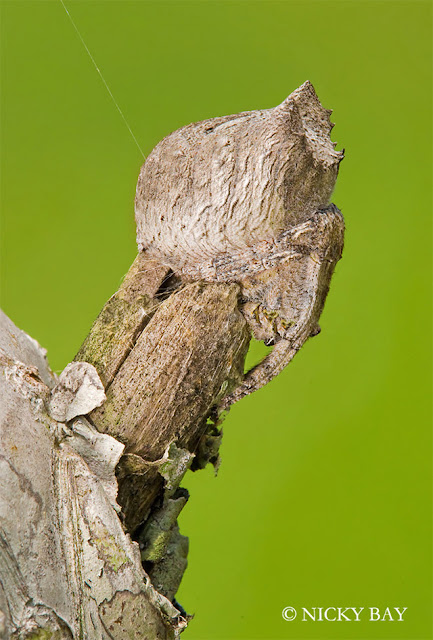That pretty much summarizes my reactions while looking at these unbelievable macro shots of arachnids photographed by Nicky Bay who inhabits and works in Singapore. The boundless biodiversity found on the country’s 64 islands includes a huge array of insects and arachnids, numerous of which Bay has painstakingly documented up close with his macro photography and released on his blog and Flickr account.
Regardless of being creepy crawly arachnids, it’s unrealistic to deny the endless creativity engaged by evolution to conceive such astonishing animals. It’s hard to believe these lifeforms came from the identical planet let solely the identical country. For instance the reflector Spider has an abdomen of reflective panels that glitter like a disco ball, or the diverse colors of Ladybird imitate arachnids that are nearly indistinguishable from the insects they are camouflaged to gaze like. But there’s furthermore the more frightening Two-Tailed Spider or the Bird Dung Spider that would have me scrambling for a frying pot and a quart of venom before I would even consider picking up a camera.
Nadia Drake over at Wired put simultaneously an informative gallery of Bay’s work along with a bit more detail than you’ll find here. All images overhead courtesy the photographer.



































































